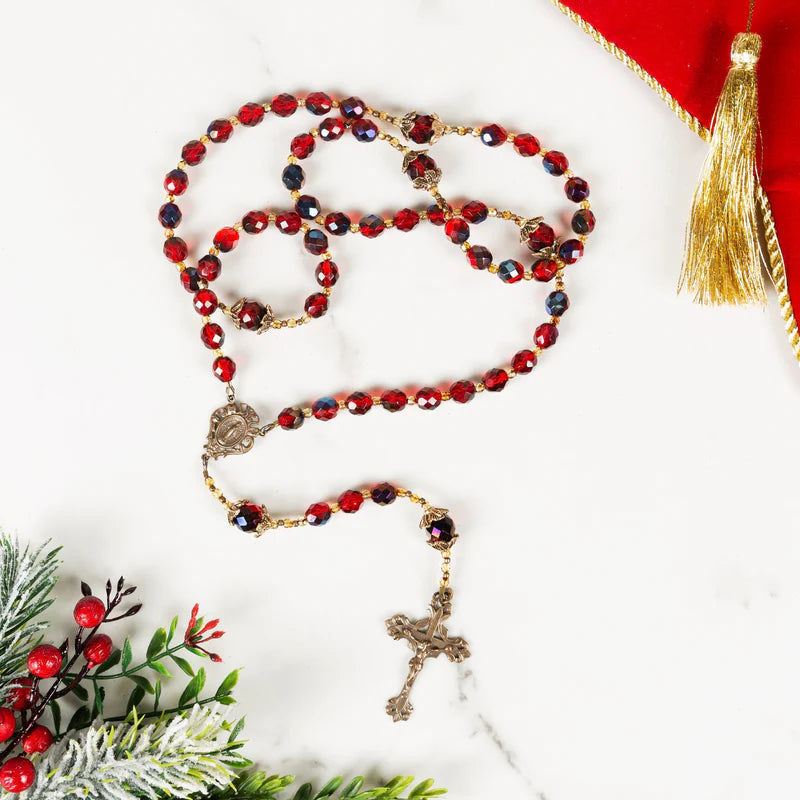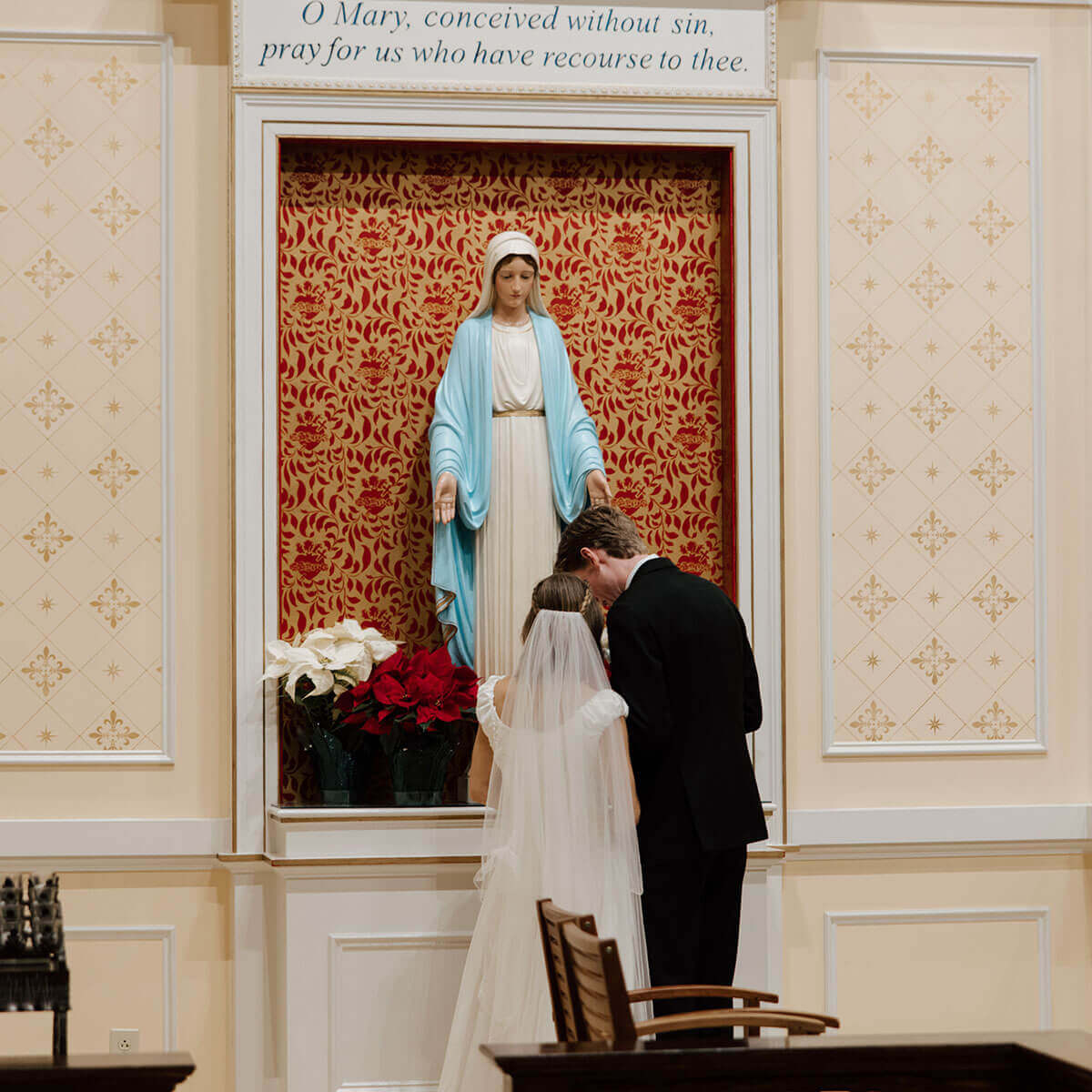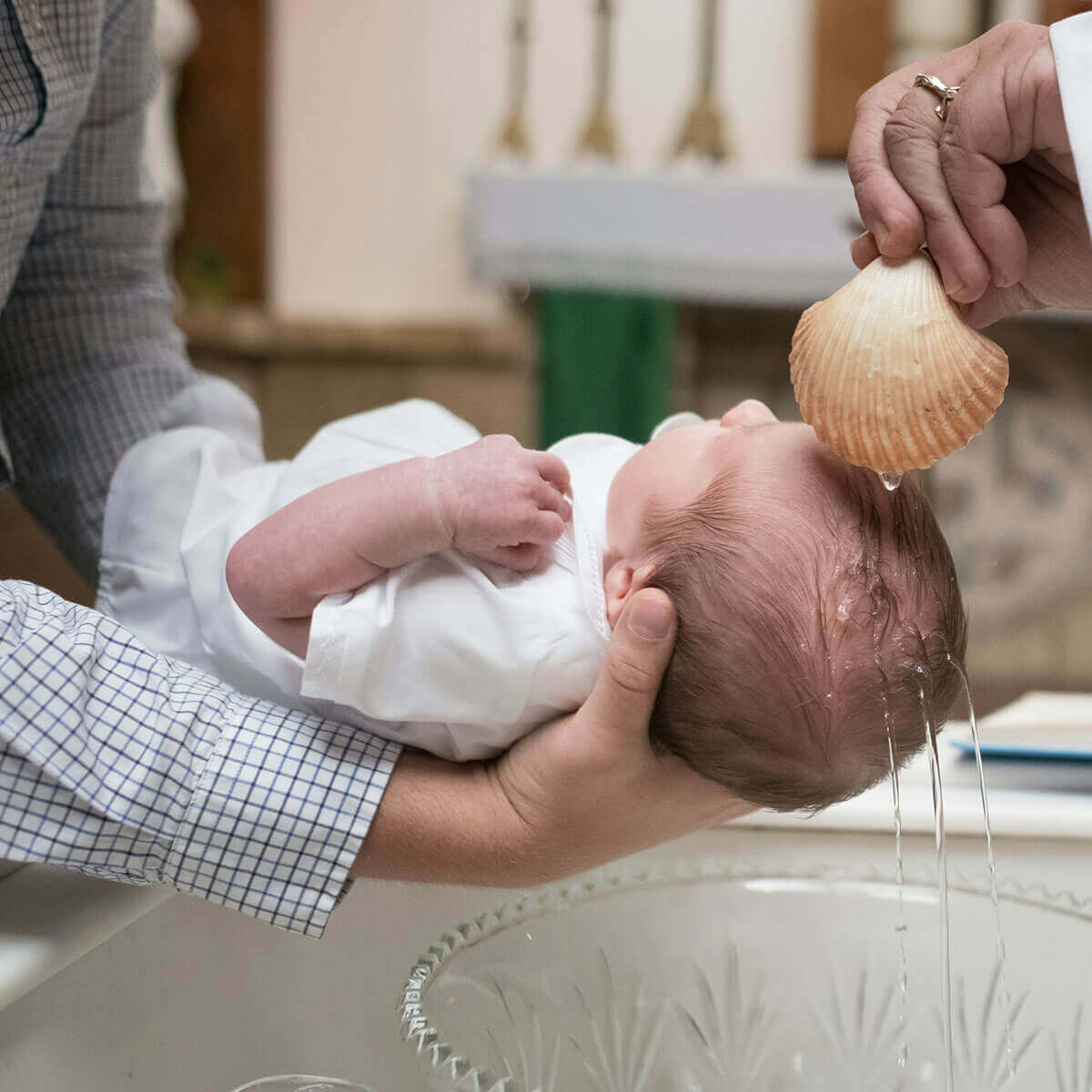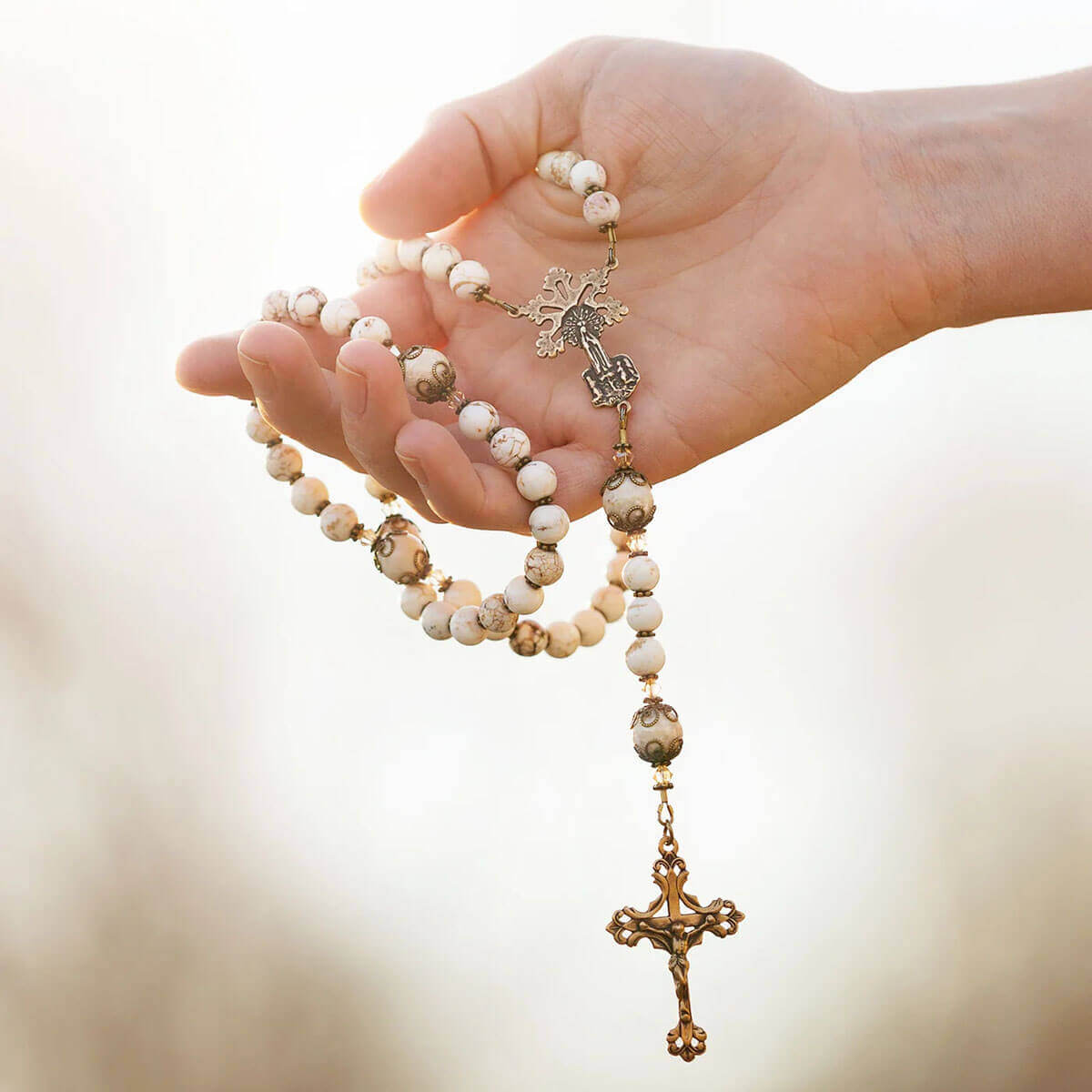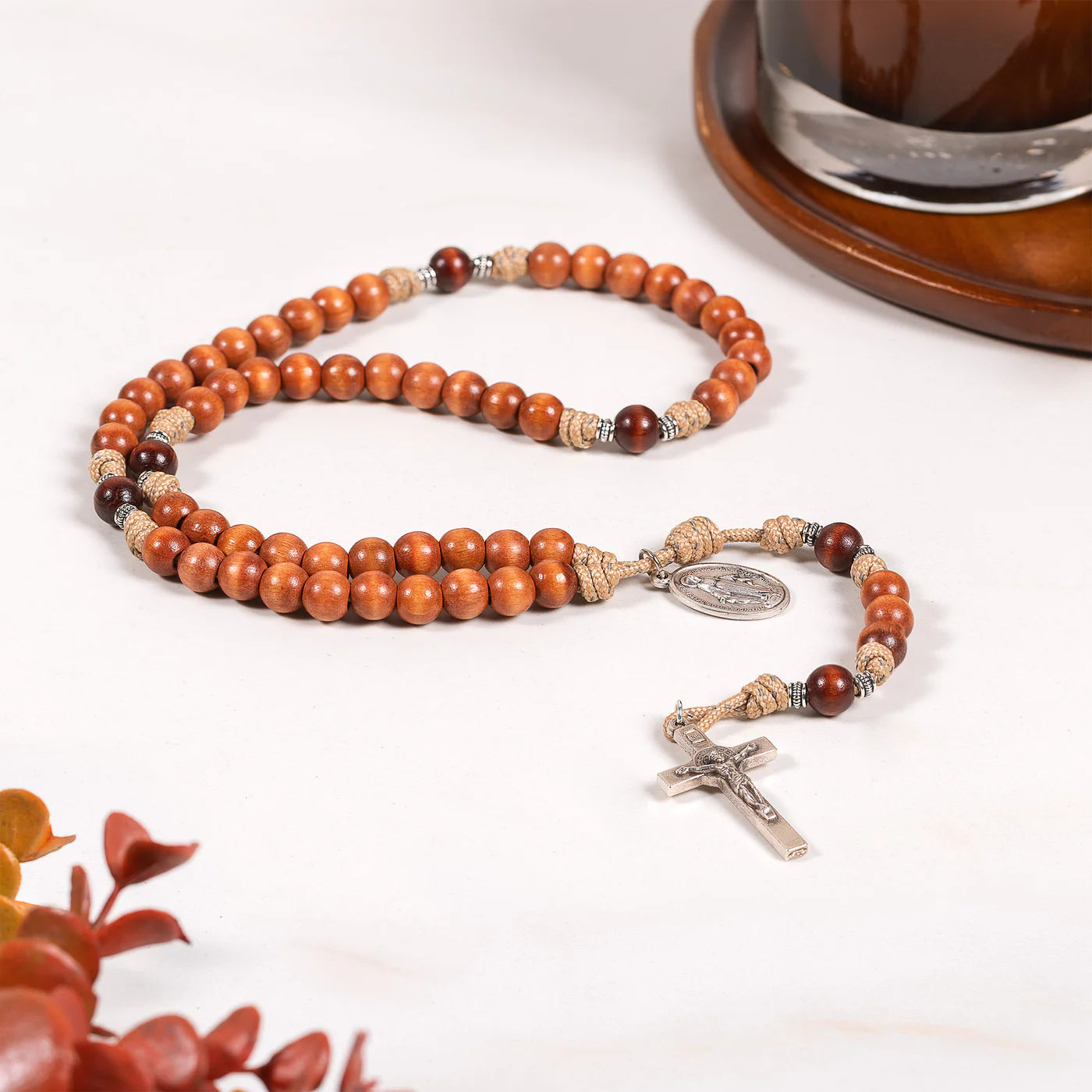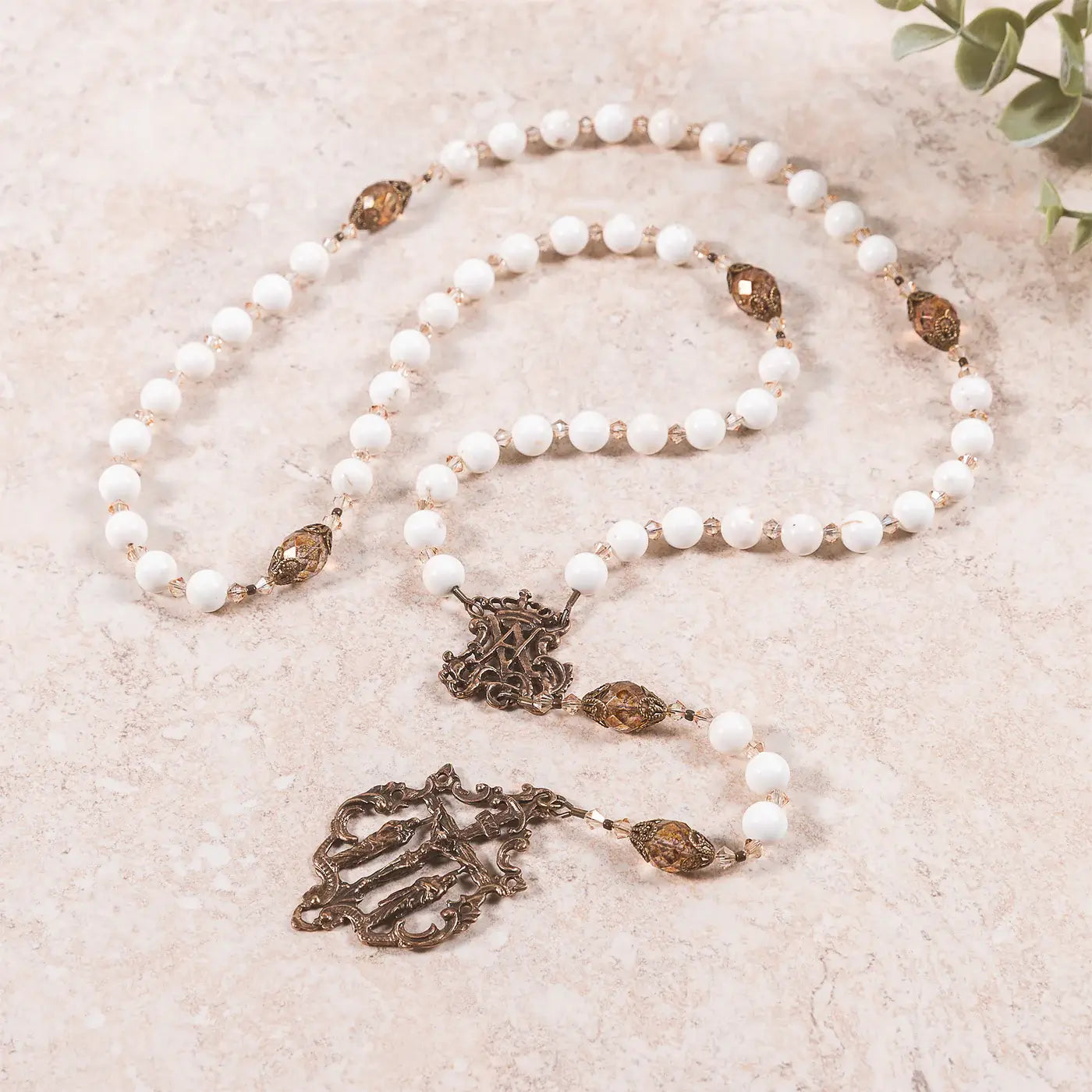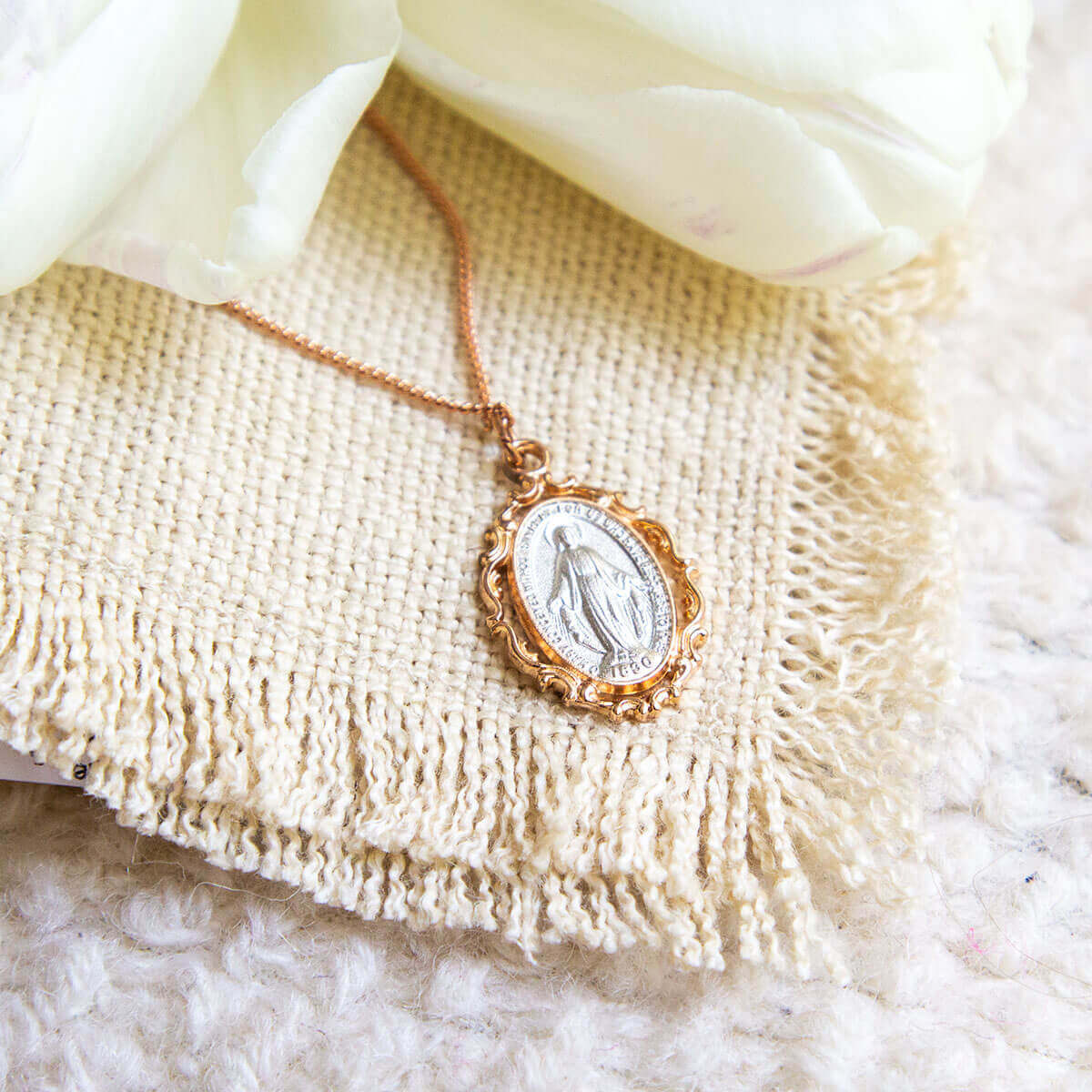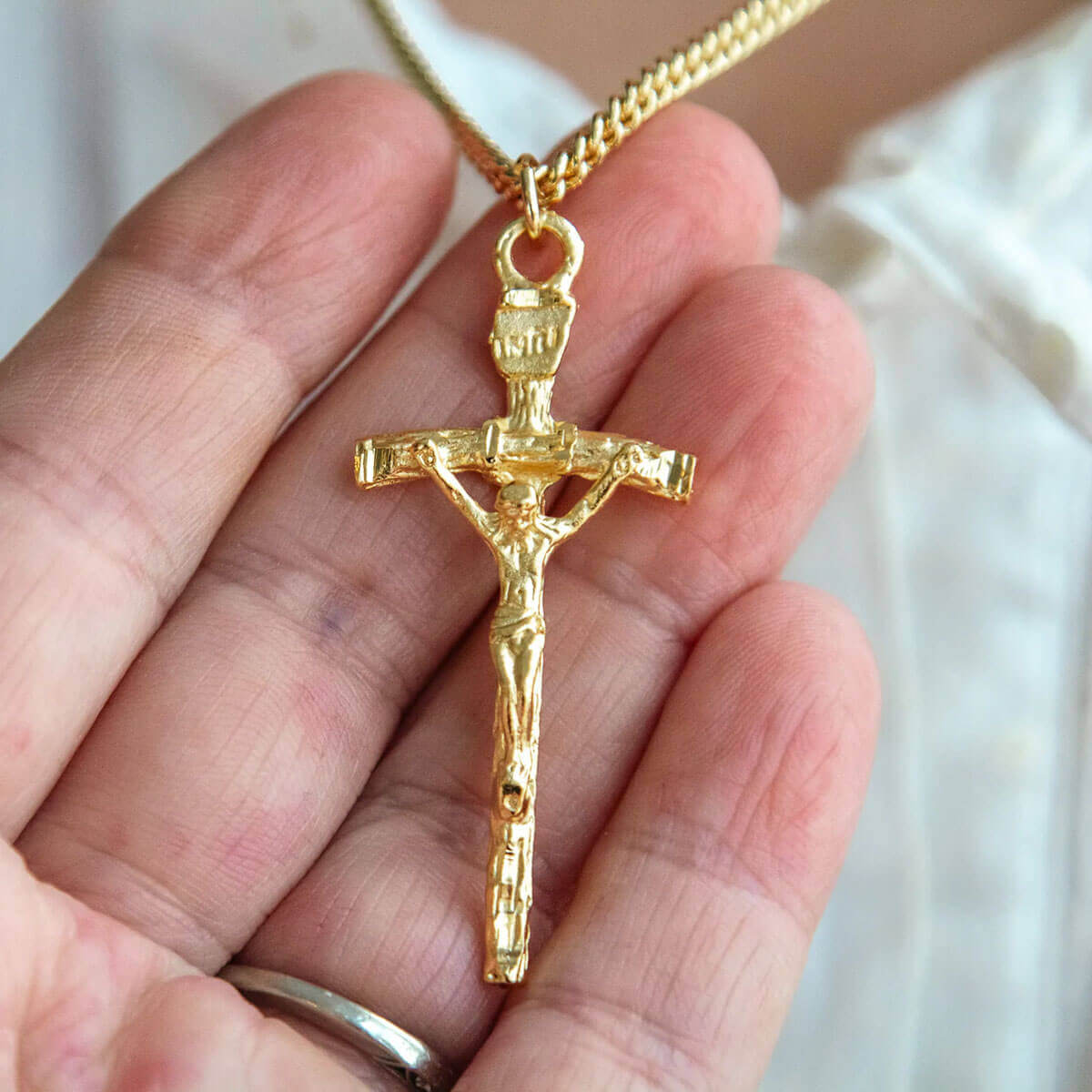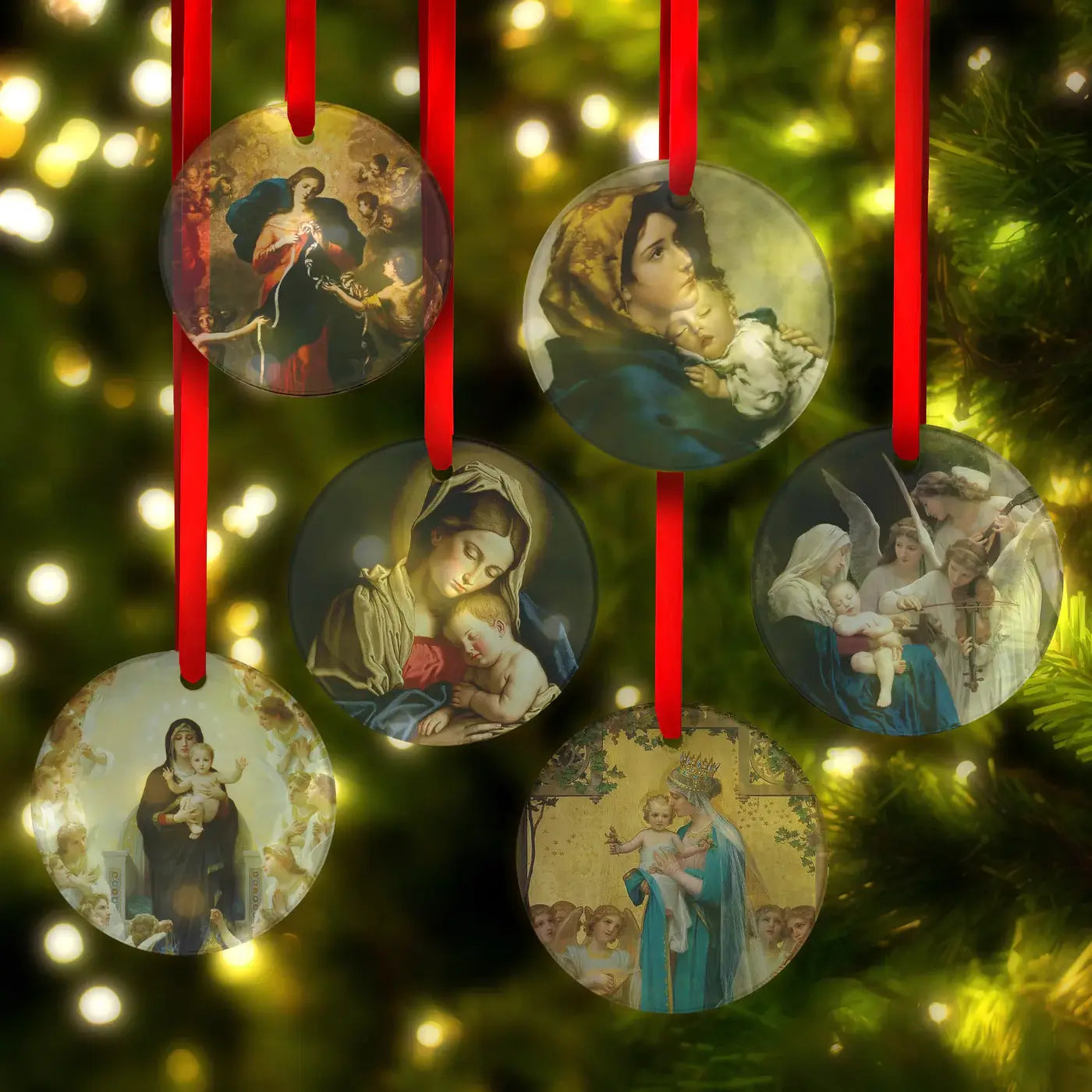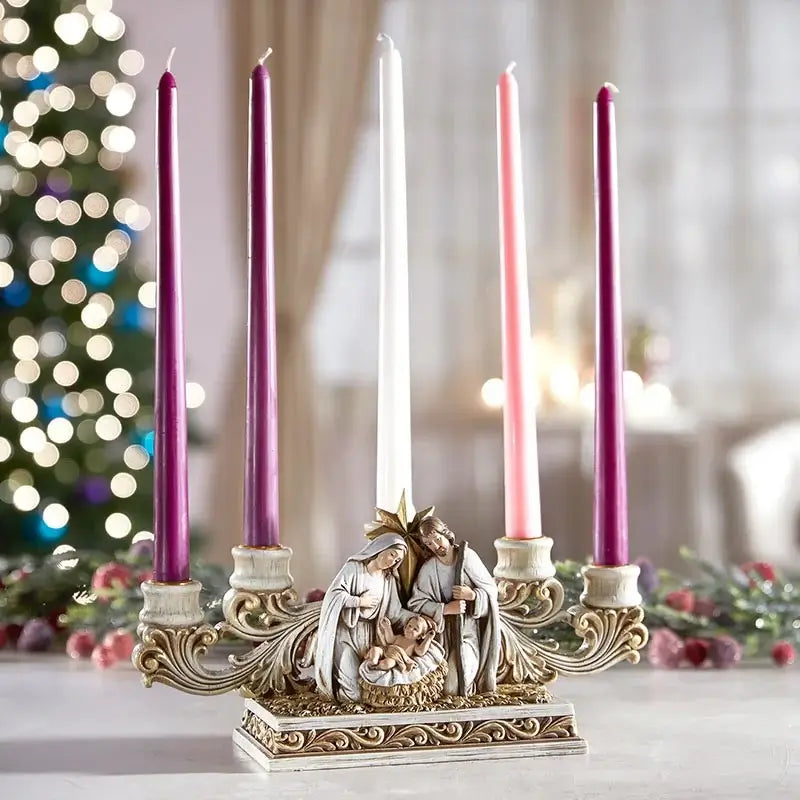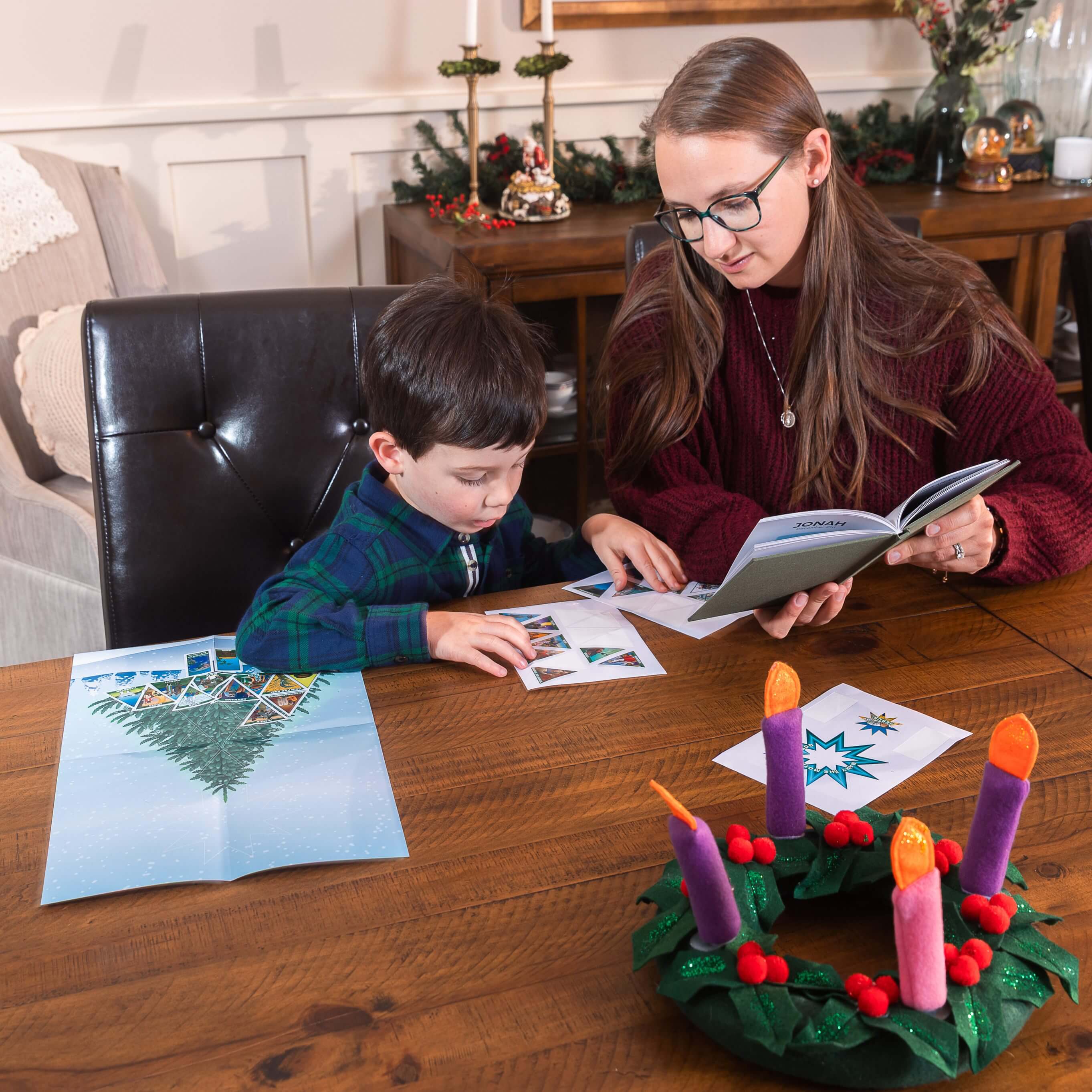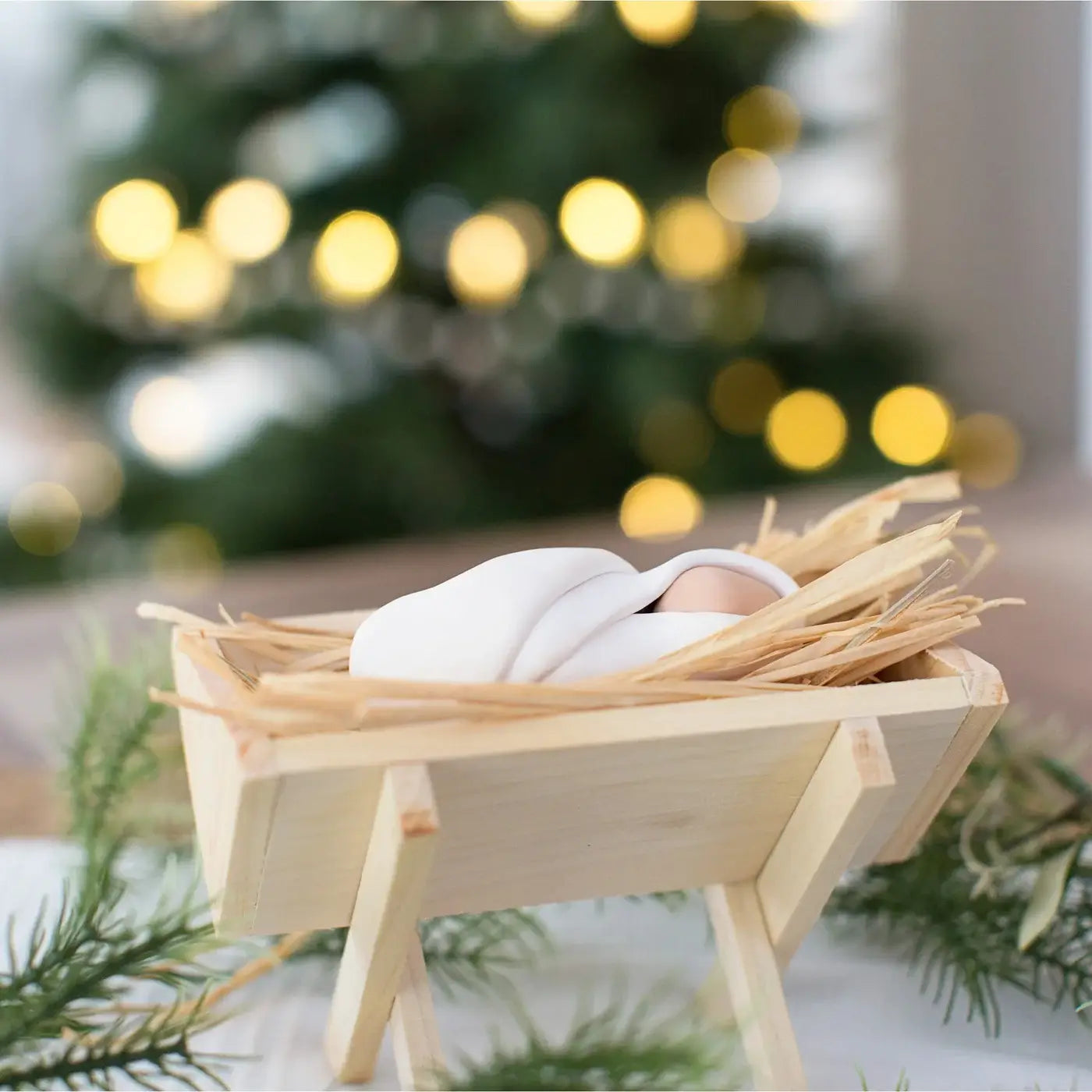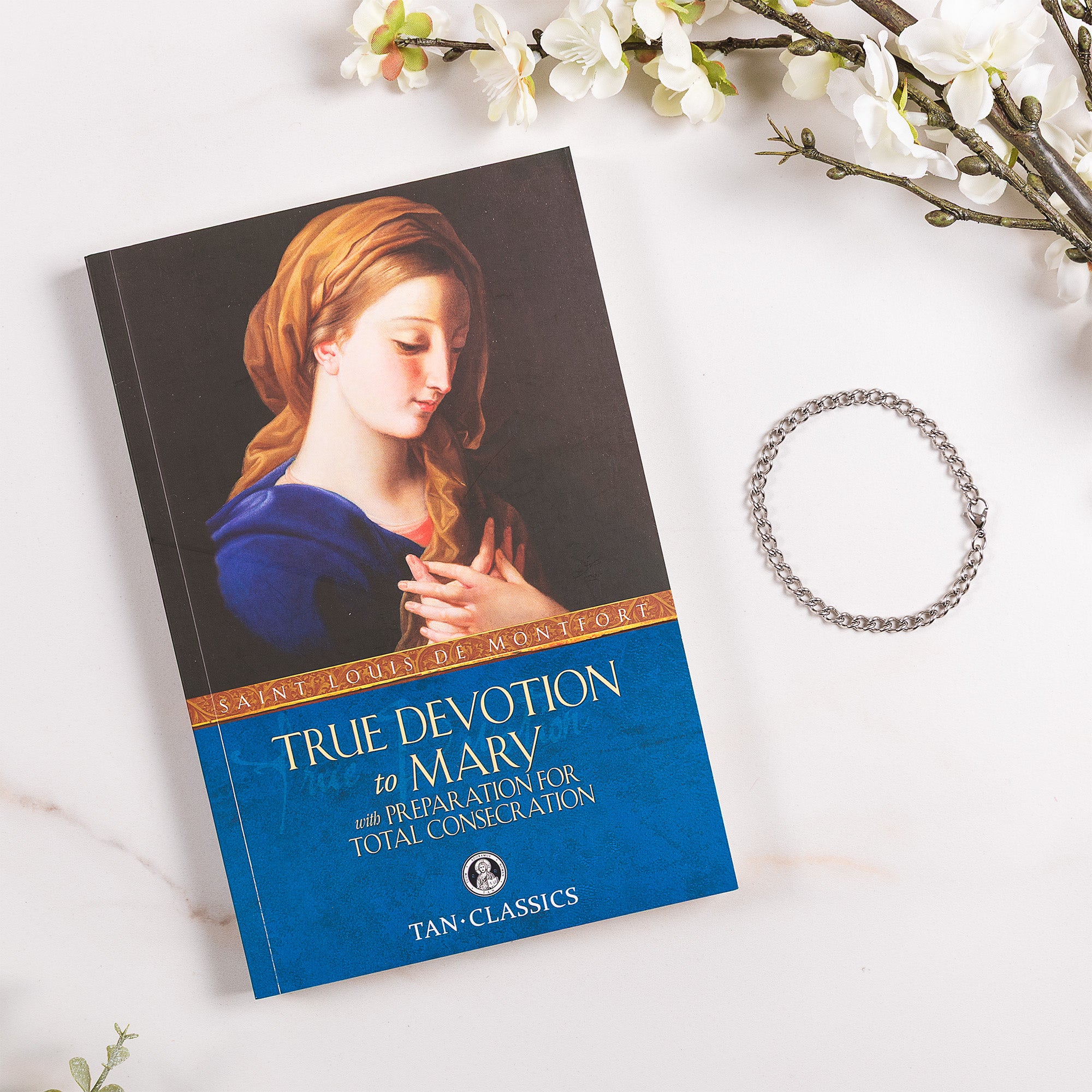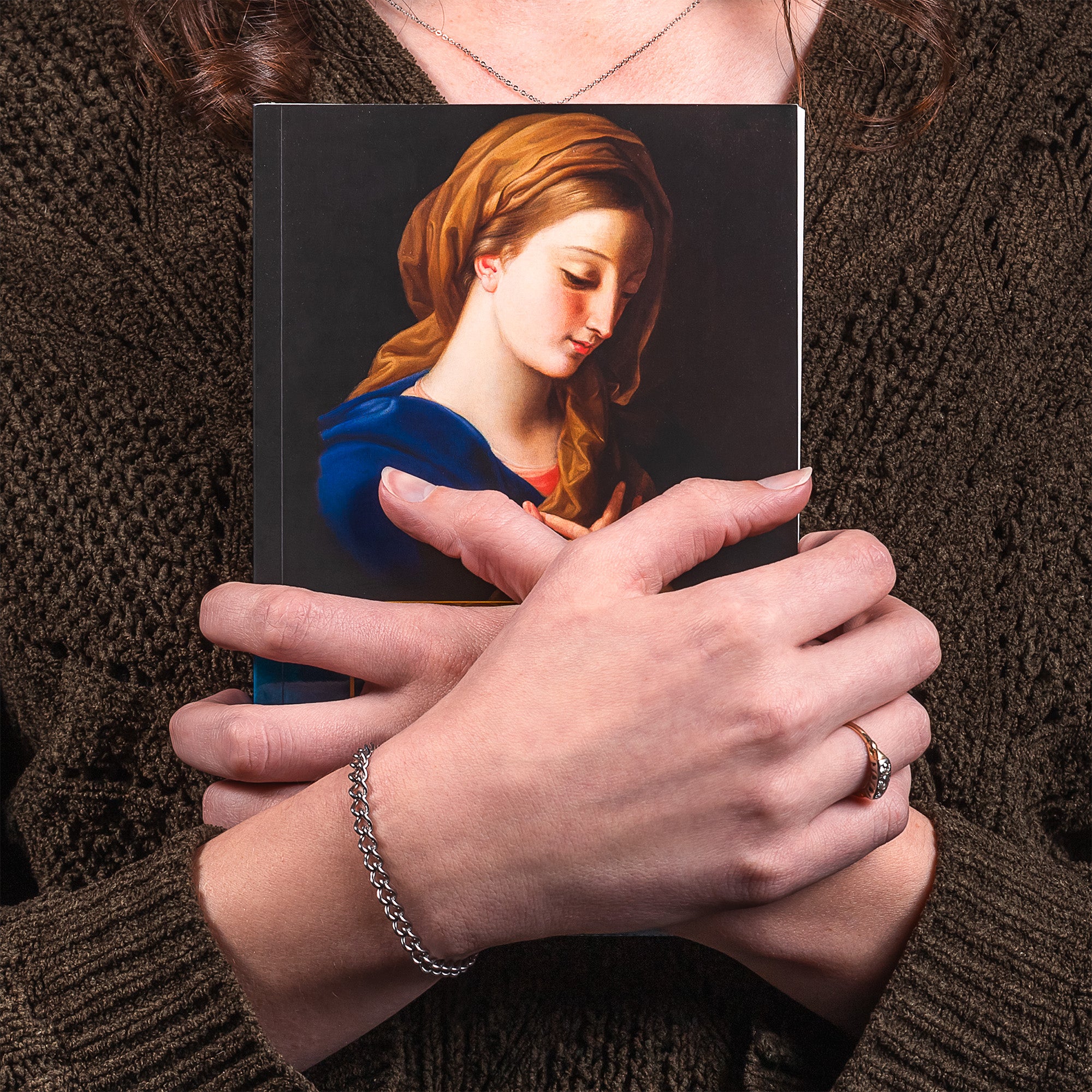St. Mary Major, or, in Italian, Santa Maria Maggiore, is one of the four major, or papal, basilicas. These are all found in Rome and include St. Peter’s, St. John Lateran, and St. Paul Outside the Walls.
St. Mary Major is sometimes called St. Mary of the Snows or Our Lady of the Snows. Its alternate titles trace their origin to the incredible legend of its founding in the 4th century, which tells of the Roman patrician John and his wife who were without heirs. They prayed to Our Lady to show them how they might use their riches for her honor. Our Lady then designated the place of the Basilica through a snowfall on the crest of the Esquiline Hill—a miraculous occurrence, since it was summer! Both John and Pope Liberius received visions informing them of the event and, upon finding the snowfall, the Holy Father marked out the place of the future church. Hence another of its titles: the Liberian Basilica.
The current structure was dedicated by Sixtus III on the 5th of August, 434. Built during the time directly after the Council of Ephesus, which confirmed Our Lady’s title as Theotokos, the God-bearer, the Basilica stands as a monument to the Church’s ancient and undying devotion to the Mother of God. Every year on the feast of its dedication, a “snowfall” of white petals is released from the ceiling of the Basilica during Mass to commemorate its founding.
In addition to its magnificent 5th century mosaics, the Basilica also houses a far greater treasure. A relic of Our Lord’s crib is kept under the high altar: several slats of wood in which He rested the night of His Nativity. This crypt is also the final resting place of the great St. Jerome, who translated the Bible into Latin and spent his last days in Bethlehem.
St. Mary Major also contains the miraculous Marian icon Salus Populi Romani which, according to legend, was painted from life by St. Luke, using wood from the table of the Holy Family. Its title translates to “Health (or Salvation) of the Roman People,” and it has been venerated by popes and pilgrims for centuries.
The striking beauty of Marian imagery serves as a powerful reminder to seek her motherly intercession. Whether it depicts a certain devotion or simply the overwhelming beauty of Mary’s serene countenance, Marian art is a powerful tool for prayer and meditation. This beautiful antique white rendition of Michelangelo’s Pieta shows Our Blessed Mother tenderly cradling her Son, Our Lord, after His death on the cross. The overcoming emotion of the scene is beautifully captured in this 6-inch statue! Bring a bit of Rome into your home and place on a shelf, mantle, or in a library or nook. Get yours today at The Catholic Company!


